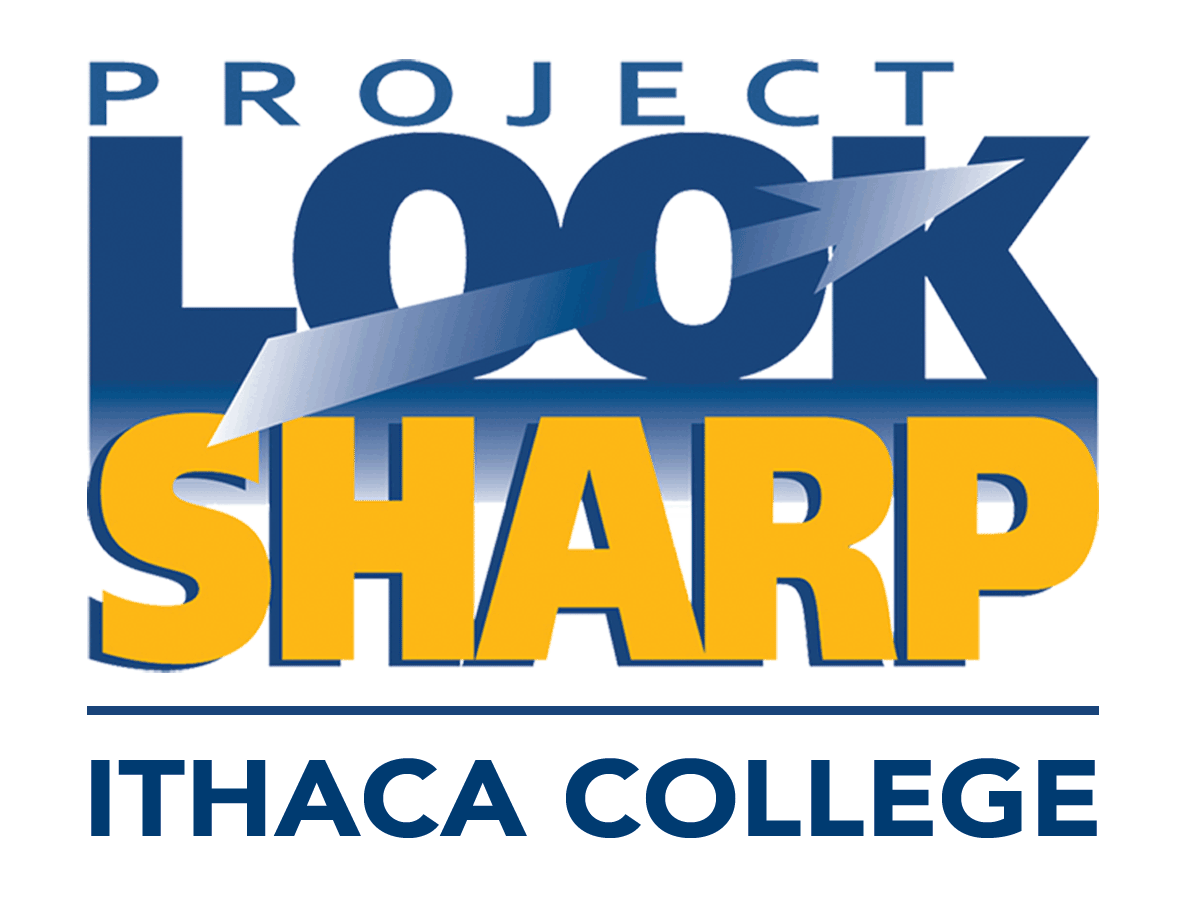Assess Students’ Critical Thinking Skills Using Media Literacy

Media literacy education supports students to build skills that are required by Common Core standards. How do we assess their performance?
In 2015, educators at the Lehman Alternative Community School in Ithaca, New York, designed and delivered an assessment to all 9th through 12th grade students to gauge the school’s progress in teaching the Common Core literacy standards in ELA, social studies and science.
Students were shown a short YouTube video on genetically modified foods, and asked to evaluate its bias (pro-GMO, anti-GMO, or neutral), give evidence from the document to back up their answer, and then explain which organization was most likely to have created the video based on excerpts from the mission statements from Monsanto, Greenpeace, and the Cornell Alliance for Science.
The students also reviewed excerpts from an opinion article and a screen grab from a website on genetically modified foods, and answered questions about the credibility of the documents and their own point of view.
The test was designed to assess the media analysis skills of students, including their ability to:
- Identify the point of view/bias of a message with evidence from the document
- Connect the point of view/bias of a message to the intent of the author
- Ask appropriate questions about the credibility of sources
- Reflect on their own biases and how they might impact their evaluation of the credibility of different sources.
Students received grades based on the accuracy and critical thinking skills shown in their responses.
*This article was published in the Sept. 2018 issue of “Social Education.” The full article includes all of the media examples and the assessment, which you can use as a template for your own assessment efforts.
